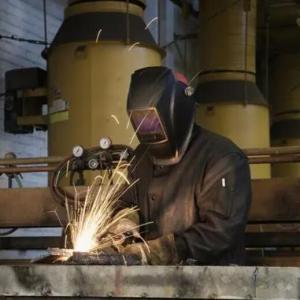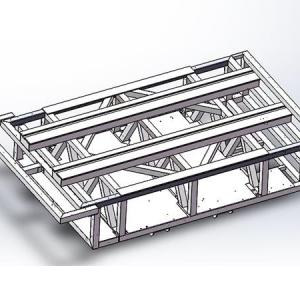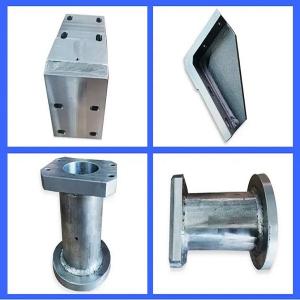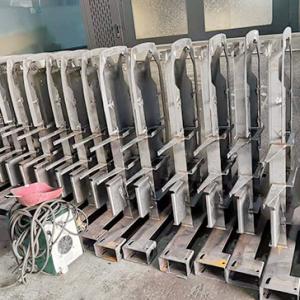Welded Structural Machining Procedures
Welded Structural Machining Procedures
Selection of Welded Structural Parts
Welding: Welding low carbon steel (such as A3, 20 steel, etc.): general structure adopts node electrode; dynamic load, complex structure or thick plate; welding carbon steel (35, 45 steel, etc.).
Measures to reduce welding deformation
1. Anti-deformation method: Determine the size and direction of deformation that may occur after welding, that is, place the workpiece in the opposite direction, or deform the workpiece in the opposite direction to cancel the welding deformation.
2. Rigid gel: Welding fixed workpiece can reduce welding deformation. Fixed clamping can use simple clamps or rigid supports, or even temporarily clamp the workpiece on the table. The rigid clamping method is only suitable for mild steel structures.
3. Add quantitative method: add a certain shrinkage margin to the size of the workpiece to supplement the shrinkage after welding.
4. Select a reasonable welding sequence: When there is welding on both sides of the part, the deformation of the welds on both sides will appear mutually. Welding long, thin and continuous steel plates should be welded first, and then full-length welding should be carried out after inspection is correct. Welds should avoid dense intersections to reduce welding stress.
Fatigue Analysis and Research of Welded Structural Parts
Metals often suffer from fracture, corrosion, wear and other damage during industrial production and use. These are the common drawbacks of metal products, but we can solve these problems through certain treatment methods. The most common way to deal with it is to replace the broken area, but a better way is to check it regularly. In the processing of metal products, fracture is a serious phenomenon, so the application of welded structural parts is particularly important in the industrial production process. Due to its special processing method, the service life of welded structural parts will be extended during the processing.






